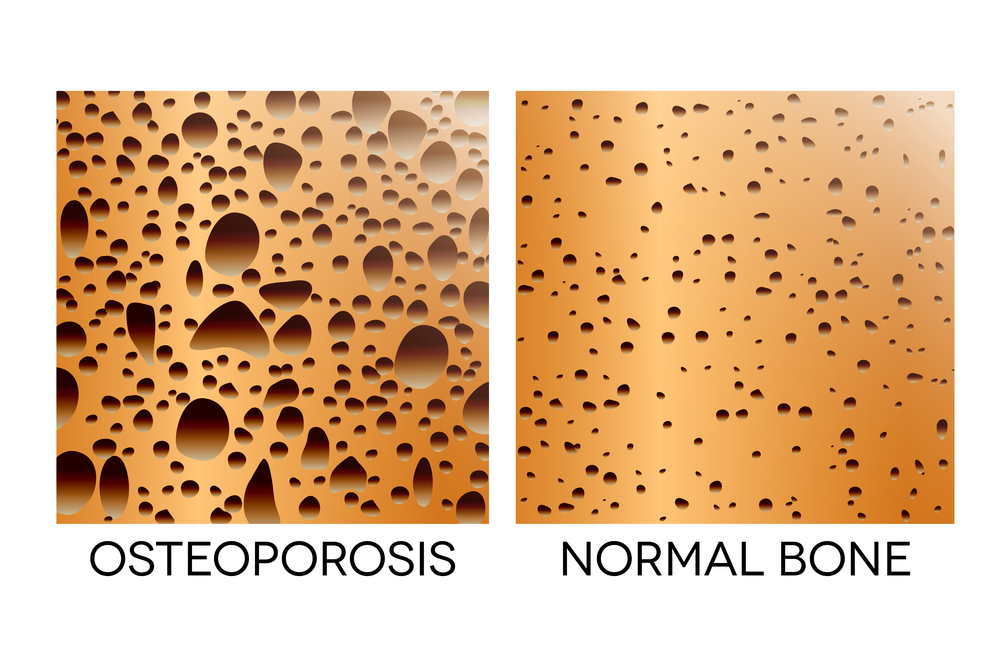The Lisfranc joint is a group of bones and ligaments in the midfoot. The Lisfranc joint includes the five metatarsal bones, which are the bridges to your toes, along with the smaller cuboid bones, the medial, middle, and lateral cuneiform bones, and the ligaments and tendons that support these bones. The Lisfranc joint stabilizes the foot arch. It also helps transfer loads from the lower leg through the foot to the toes while you are walking and running.
Injuries can occur to the Lisfranc joint. Injuries are uncommon, but this can be because of misdiagnosis. Injuries are usually not life threatening but they can be serious, and in most cases need some form of medical treatment. Injuries can occur from something falling on your foot, or twisting the foot in a strange position. Auto accidents, or falling off a ladder can also cause an injury to this part of your foot. Military personnel, runners, horseback riders, football players, and athletes of other contact sports are at a higher risk for Lisfranc injuries.
Types
There are three different types of Lisfranc injuries that can occur. A Lisfranc sprain, fracture, or dislocation. These injuries can range from minor to severe. A Lisfranc sprain is when any three of the Lisfranc ligaments stretch or partially tear. These sprains can cause instability in the midfoot. Lisfranc fractures occur when any bone in the joint breaks, either just a piece of bone is chipped off, or there is a break all the way through the bone. Lisfranc dislocation occurs when the bones are moved out of place in the joint.
Symptoms
Symptoms can range from mild to severe. Swelling and pain in your foot is usually the first symptom that arises. You may not be able to bear weight on your foot if the injury is severe. You may experience pain in your midfoot when you are standing or applying pressure. Abnormal widening of the foot may occur. Your foot may look different. There may be some bruising, or blistering on the arch of your foot, underneath on the sole, or on top of the foot.
Diagnosis
When getting diagnosed you may be referred to an ankle and foot specialist. The doctor will want to hear exactly how the injury happened, even what position your foot was in when the injury happened can help them diagnose if what you are experiencing is a Lisfranc injury and which type of injury it could be. Your doctor after listening to your history will do a physical exam. They may compare your injured foot to your other foot to see if there is any widening or bruising. After that they may request some imaging tests be done, such as an X-ray, MRI, or CT scan. An X-ray would be done to check for any fractures or bones that are out of place. An MRI is done to check for ligament or tendon damage. If surgery is required your doctor will want a CT scan done. A CT scan is more detailed than an X-ray.
Treatment
If you are experiencing foot pain it is important to be seen by a doctor soon. If you can’t get into a doctor right away, stay off your foot as much as possible. Elevate your foot and ice it, this will help with the pain and swelling until you can get other treatment options from your doctor. With any of the injuries you will be asked to stay off your foot for at least 6 weeks. A cast or boot will be used and potentially crutches to make sure you don’t put any weight or strain on your foot while it is healing. A cast or boot will be used between 6-8 weeks. After that time period your doctor will check your progress and healing with follow up imaging tests. Nonsteroidal anti-inflammatory medications may be used to help with pain and swelling as part of your treatment. After you have been in your boot or cast and pain has subsided your doctor may refer you to physical therapy to help strengthen your foot. Surgery is a possibility if the bones and ligaments in the Lisfranc joint are severely damaged. Plates and screws will be placed to reposition the bones in the joint. This is an outpatient procedure so you will likely go home after the surgery is done. After surgery expect to be in a combination of a cast and boot for 3 months following surgery.
Takeaway
Lisfranc injuries are not life threatening but they can be serious. Leaving them untreated can lead to complications such as arthritis, chronic pain, collapsed arches, nerve damage, or bone infections. If you are experiencing foot pain it is important to reach out to your doctor so they can help diagnose and treat your condition appropriately. Lisfranc injuries usually heal with immobilization, but sometimes need surgery to correct if bones and ligaments are severely damaged. Healing time depends on the severity. It could be between a few weeks to a year.
Sources:
https://www.massgeneralbrigham.org/en/patient-care/services-and-specialties/sports-medicine/conditions/foot-ankle/lisfranc-injuries#:~:text=What%20are%20Lisfranc%20injury%20symptoms,placing%20weight%20on%20the%20foot
https://my.clevelandclinic.org/health/diseases/22237-lisfranc-fracture
https://www.foothealthfacts.org/conditions/lisfranc-injuries









